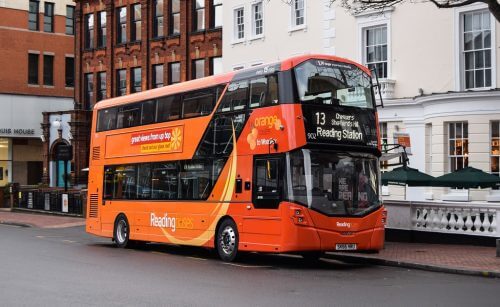
John Lewis shares his views on technological developments which are likely to impact on operators this coming year
Over the next 12 months operators will face even more pressure to cut emissions and make their fleets as environmentally-friendly as possible. In many cases, that will involve switching to gas, hybrid or fully-electric buses – a big ask if the Euro 5 diesel vehicles you operate have many years of work left in them. Products are available that will help your current buses clean up their act however; and their popularity looks set to increase in 2018 and beyond.
Among those product providers leading the charge is Eminox, one of five approved suppliers of retrofit exhaust systems appointed by Transport for London (TfL) as part of an £86.1m project that will see over half the capital’s buses upgraded to Euro 6.
The other suppliers are Baumot Twintec, HJS, Proventia and Amminex.
A Danish company, the last-named firm’s ASDS (Ammonia Storage and Delivery System) emissions management technology is now being handled by Eminox in the UK. Said to be especially effective at low temperatures, it releases gaseous ammonia held as a solid in swappable onboard cartridges into the exhaust system in a bid to reduce NOx and nitrogen dioxide (NO2) emissions.[…]
By subscribing you will benefit from:
- Operator & Supplier Profiles
- Face-to-Face Interviews
- Lastest News
- Test Drives and Reviews
- Legal Updates
- Route Focus
- Industry Insider Opinions
- Passenger Perspective
- Vehicle Launches
- and much more!


